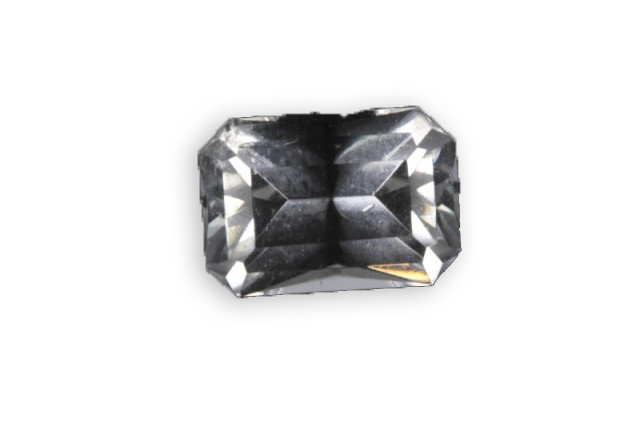
definite
Je vous emmène à travers mes vidéos découvrir mon expérience acquise depuis plus de 30 ans a silloner le globe entier à la recherche de pierres précieuses, de rencontre mémorables mais aussi de difficulté parfois …
actualités
Categories

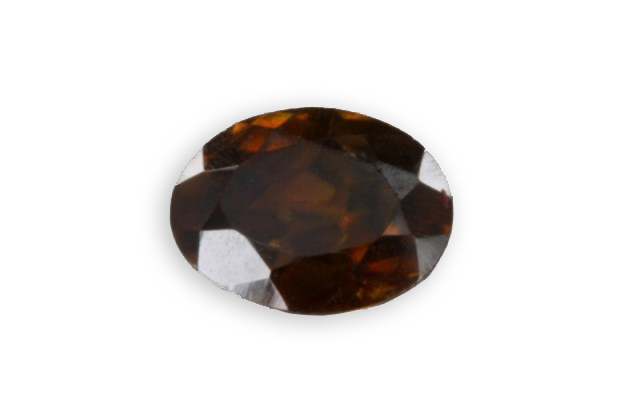
anatase
Its name comes from the Greek “anastasis” which means stretched, elongated, as the form of its bipyramid crystals. It was discovered in France, in Bourg d’Oisans in Isere, by Schreiber in the late eighteenth century, but it is Haüy who attributed its name in 1801.
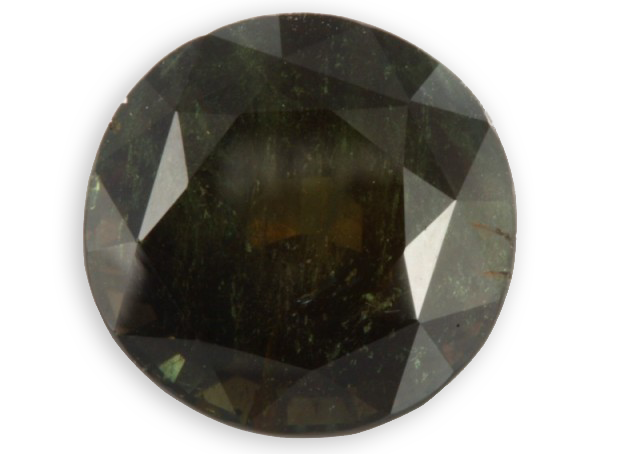
alexandrite
It is the rariest chrysoberyl variety, named after the future Czar Alexander II because it was discovered in the Ural in 1830, on the day he came of age and because of its 2 colors : green and red were the colors of old Imperialist
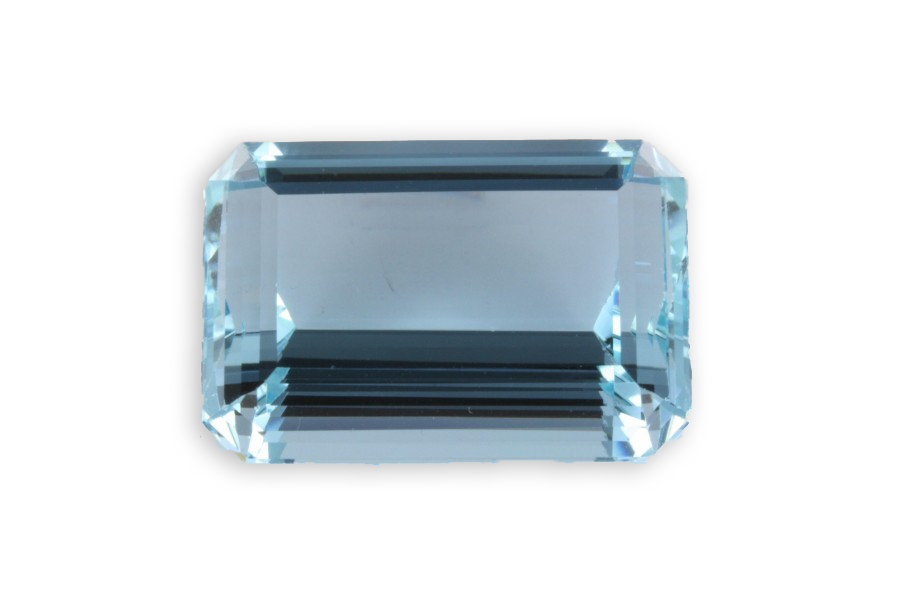
aquamarine
Its name comes from the latin “aqua marina”, meaning “water of the sea”, because of its seawater color, the dark blue is the most desidered color…like the ocean! Belongs to the beryl group, same as Emerald which is a deep green beryl. Aquamarines have been
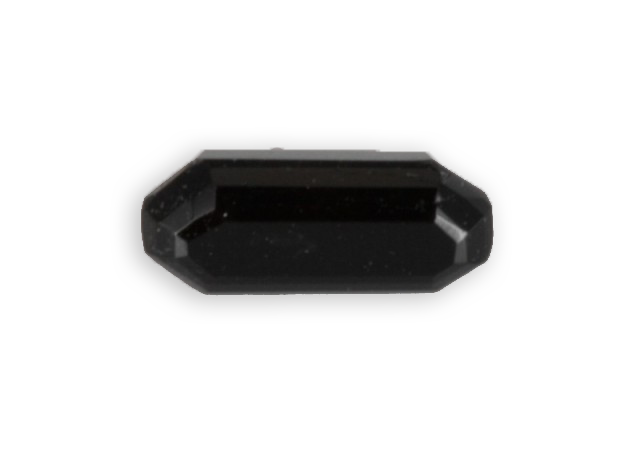
aegirine
Found in 1821 by P.Ström and named “acmite” from the Greek “point, edge” in reference to the typical pointed crystals. But in 1835 Berzelius named it aegirine after Aegir, the Teutonic god of the sea. Richer in sodium than augite, it oxydizes itself, pruducing chlorite,



